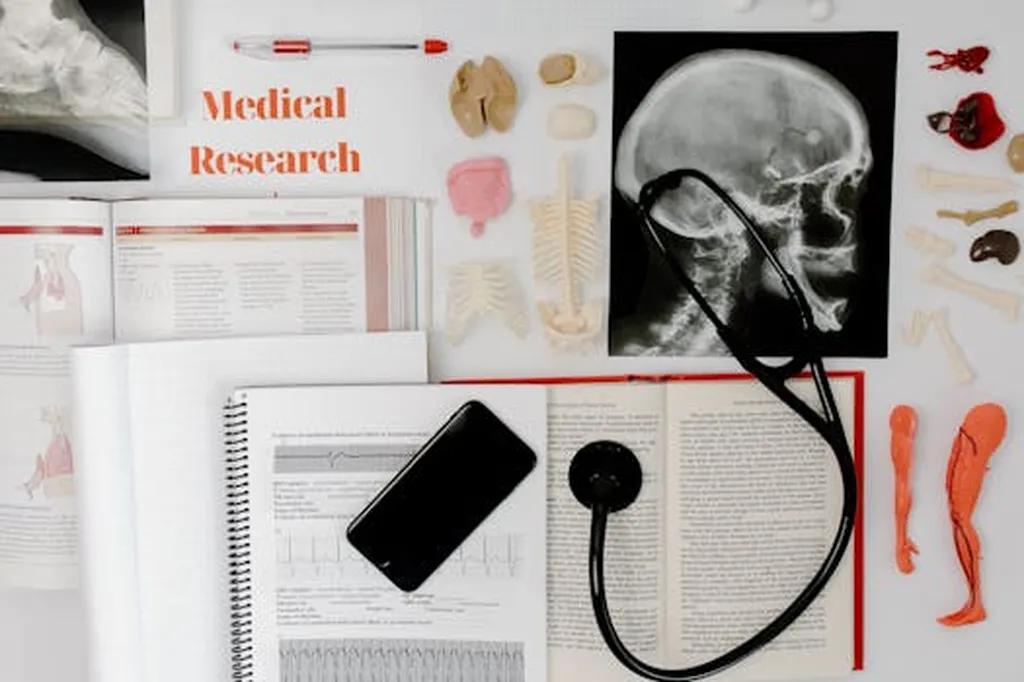In the ever-evolving landscape of biomedical materials, a groundbreaking study has emerged that could significantly impact the development of advanced wound care and tissue engineering solutions. Researchers, led by Ana Diva Sá da Nóbrega Amancio de Lima, have delved into the intricate world of chitosan/collagen hydrogels, exploring how genipin crosslinking can enhance their structural and rheological properties. This research, published in the esteemed journal ‘Materials Research’ (translated from Portuguese), opens new avenues for innovation in the biomedical field, with potential ripple effects across the energy sector.
Chitosan/collagen hydrogels have long been recognized for their biocompatibility and ability to promote tissue regeneration. However, their rheological instability has posed a challenge, limiting their broader applicability. Enter genipin, a natural crosslinking agent derived from the fruit of Gardenia jasminoides. The study investigated how genipin crosslinking could improve the stability and performance of these hydrogels.
The research team prepared chitosan/collagen hydrogels with varying collagen content (99:1, 97:3, and 95:5%) and crosslinked them with 0.1% genipin. They then subjected the samples to a battery of tests, including Fourier Transform Infrared Spectroscopy (FTIR), injectability, viscosity, swelling, biodegradation, and blood clotting time. The results were promising.
“Genipin crosslinking significantly improved the structural stability of the hydrogels,” explained Ana Diva Sá da Nóbrega Amancio de Lima, the lead author of the study. “It increased their viscosity and extrusion resistance, providing a slower and more predictable mass loss under physiological and enzymatic conditions.”
The swelling assay revealed an interesting trend: as the collagen content increased, the hydrogels’ water uptake decreased. This effect was further accentuated by genipin crosslinking, suggesting the formation of a denser and more stable polymeric network. Moreover, the hydrogels exhibited accelerated blood coagulation, reinforcing their potential use as hemostatic agents.
The implications of this research are far-reaching. In the biomedical field, these enhanced hydrogels could lead to more effective wound dressings, tissue scaffolds, and drug delivery systems. But the potential impacts don’t stop there. In the energy sector, similar biopolymer-based materials could be developed for use in energy storage devices, such as batteries and supercapacitors, or in energy harvesting applications, like biofuel cells.
As we look to the future, this study paves the way for further exploration of genipin-crosslinked chitosan/collagen hydrogels. “Our findings open up new possibilities for the design and development of advanced biomaterials with tailored properties for specific applications,” said Ana Diva Sá da Nóbrega Amancio de Lima. With continued research and innovation, these materials could revolutionize not just the biomedical field, but also the energy sector, driving forward the development of sustainable and efficient technologies.

